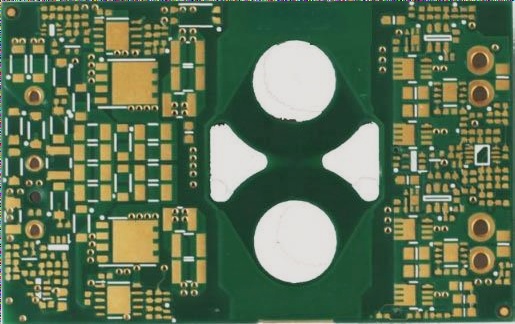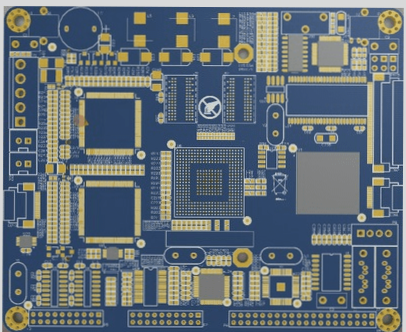Requirements for PCB Circuit Board Design in Chip-On-Board (COB) Applications
The essential PCB circuit board design requirements for Chip-on-Board (COB) technology, emphasizing the need for electroplated gold or ENIG surface treatment to ensure reliable connections.
Requirements for PCB Circuit Board Design in Chip-On-Board (COB) Applications Read More »










